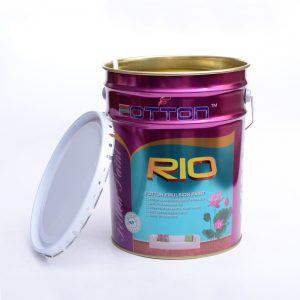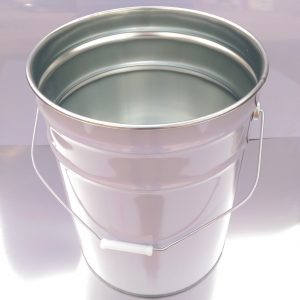Plastic barrels are mainly used for liquid packaging and transportation.
So what are the materials needed to make plastic buckets? Let me introduce the materials required for plastic buckets in detail below.
The main raw material for the production of plastic barrels is polyethylene (PE), referred to as PE, which is a high molecular organic compound made by addition polymerization of ethylene.
The raw material used for blow molding grade hollow plastic containers is low-pressure high-density polyethylene, also known as HDPE, high-density polyethylene (High Density Polyethylene, referred to as “HDPE”), which is a thermoplastic resin with high crystallinity. The surface of the original HDPE is milky white, and it is translucent to a certain degree in the thin section. PE has the characteristics of most days and industrial chemicals. Certain types of chemicals are subject to chemical corrosion, such as corrosive oxidizers (concentrated nitric acid), aromatic hydrocarbons (xylene) and halogenated hydrocarbons (carbon tetrachloride). The polymer is non-hygroscopic and has good water vapor resistance, and can be used for packaging purposes. HDPE has good electrical functions, especially the high dielectric strength of the insulation, making it very suitable for wires and cables. Medium to high molecular weight grades have good impact resistance, even at room temperature and even at low temperatures of -40F. The unique characteristics of various grades of HDPE are the proper connection of four fundamental variables: density, molecular weight, molecular weight spread, and additives. Different catalysts are used to produce customized special functional polymers. These variables are linked to produce HDPE rankings with different uses; they are balanced in terms of function.
The melting point of HDPE is about 130℃, and the relative density is 0.941~0.960. It has good heat resistance and cold resistance, good chemical stability, high rigidity and resistance, and good mechanical strength. Dielectric function, resistance to environmental stress cracking is also good.
The melting temperature is 220~260℃. Regarding the larger molecules, it is suggested that the melting temperature range is between 200 and 250°C.

















